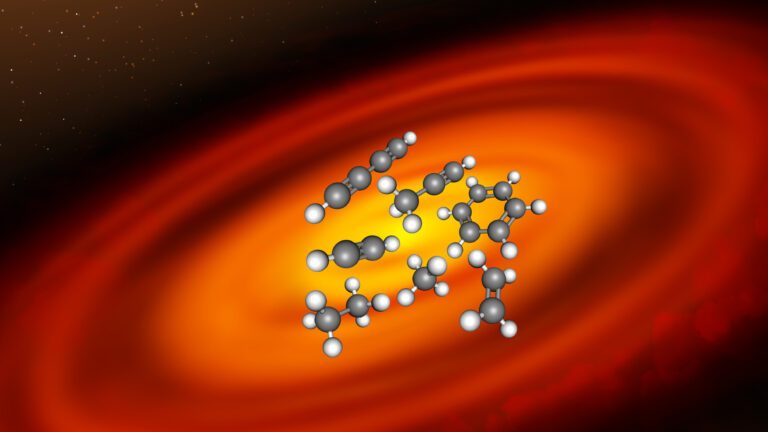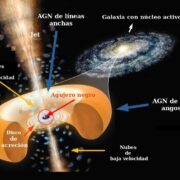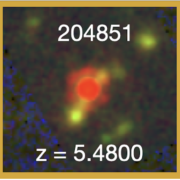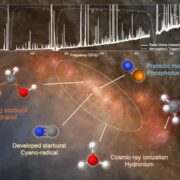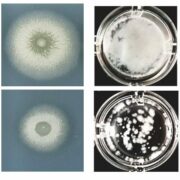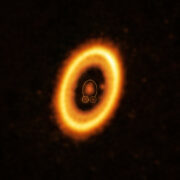Using the James Webb Space Telescope, a team of astronomers, including CAB (Centro de Astrobiología INTA-CSIC) scientists, studied the properties of a planet-forming disk around a young and very low-mass star. The results reveal the richest hydrocarbon composition seen to date in a protoplanetary disk, including the first extrasolar detection of ethane and a relatively low abundance of oxygen-bearing species. By including previous similar detections, this finding confirms a trend of disks around very low-mass stars to be chemically distinct from those around more massive stars like the Sun, influencing the atmospheres of planets forming there.






